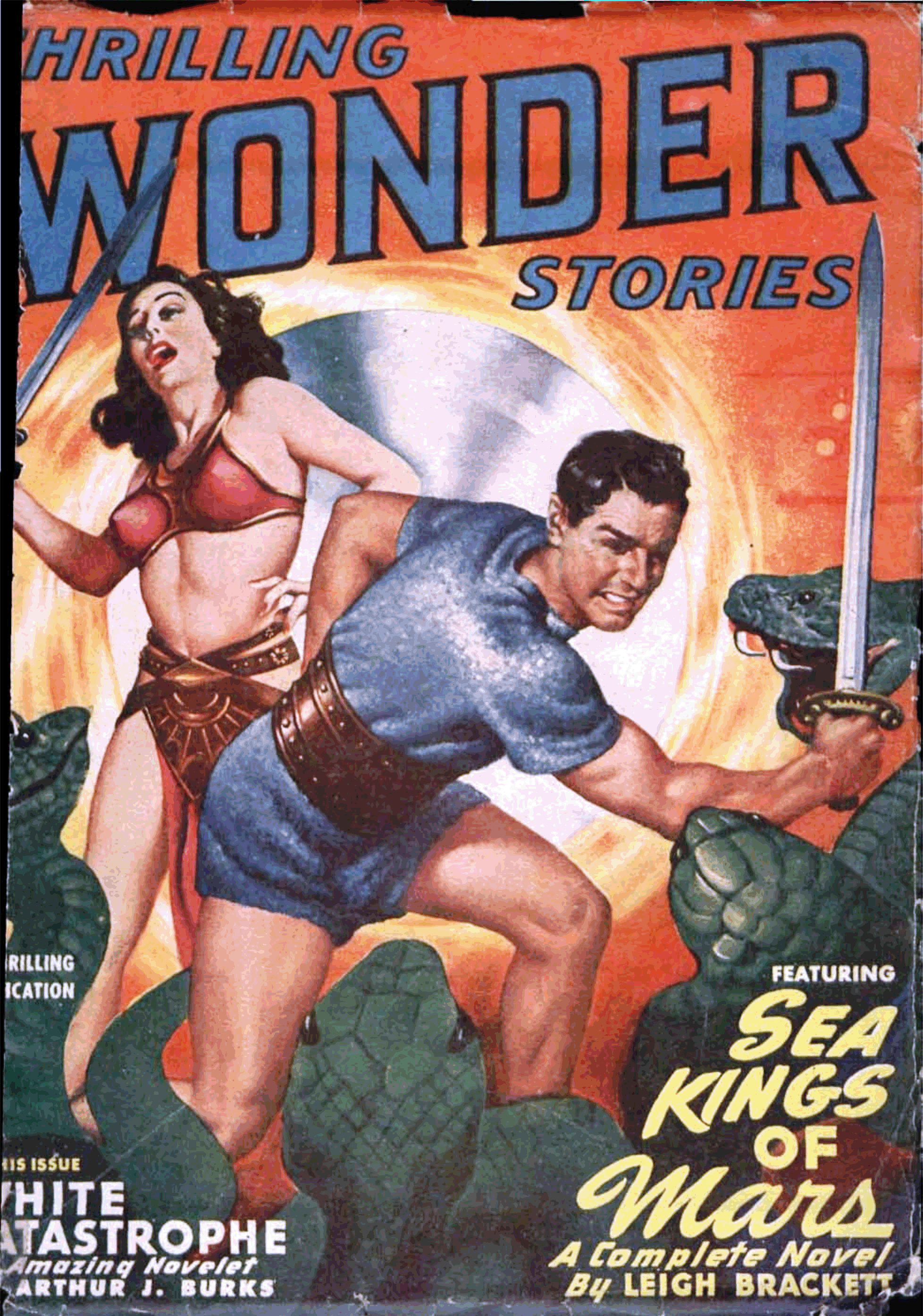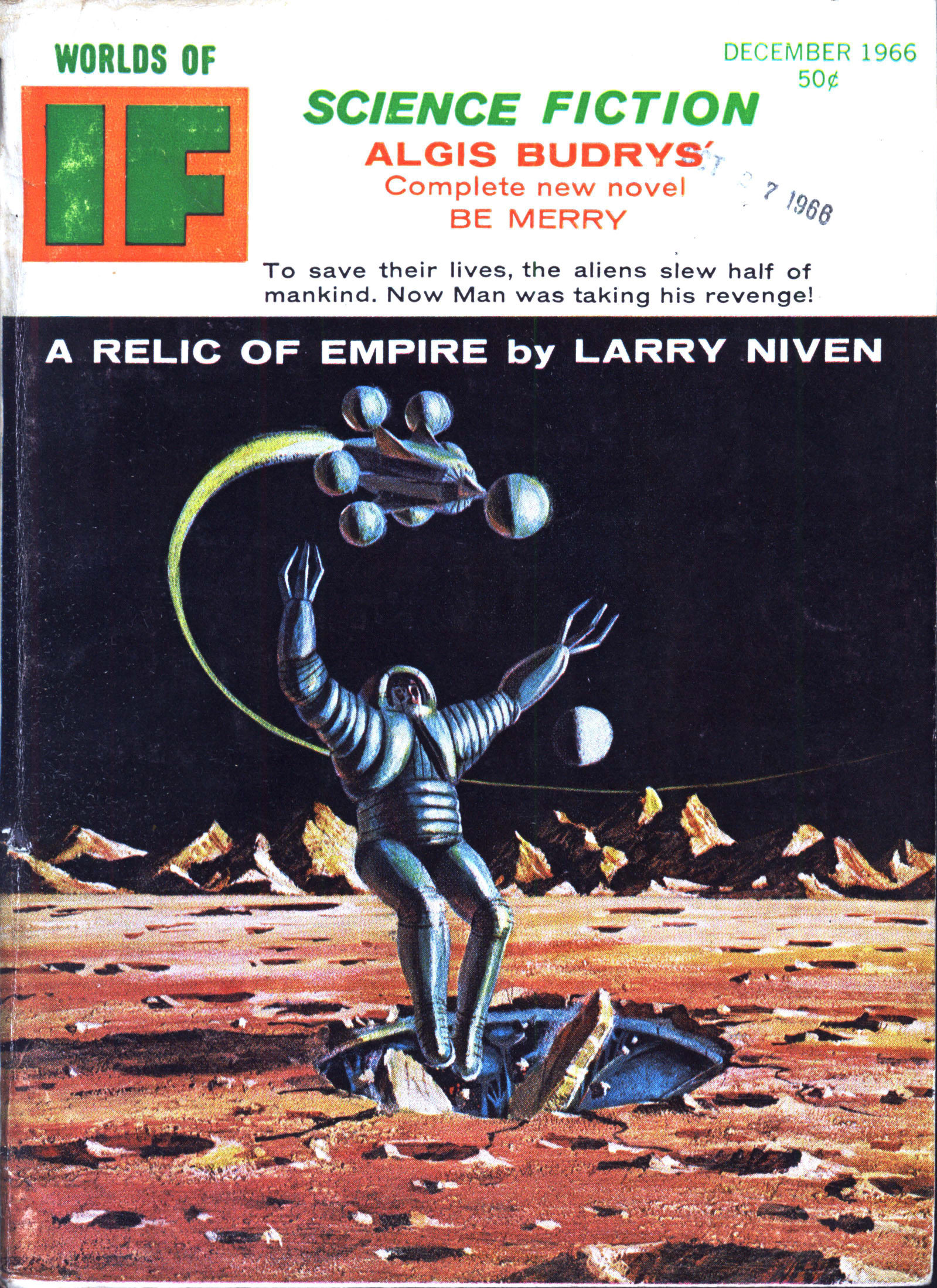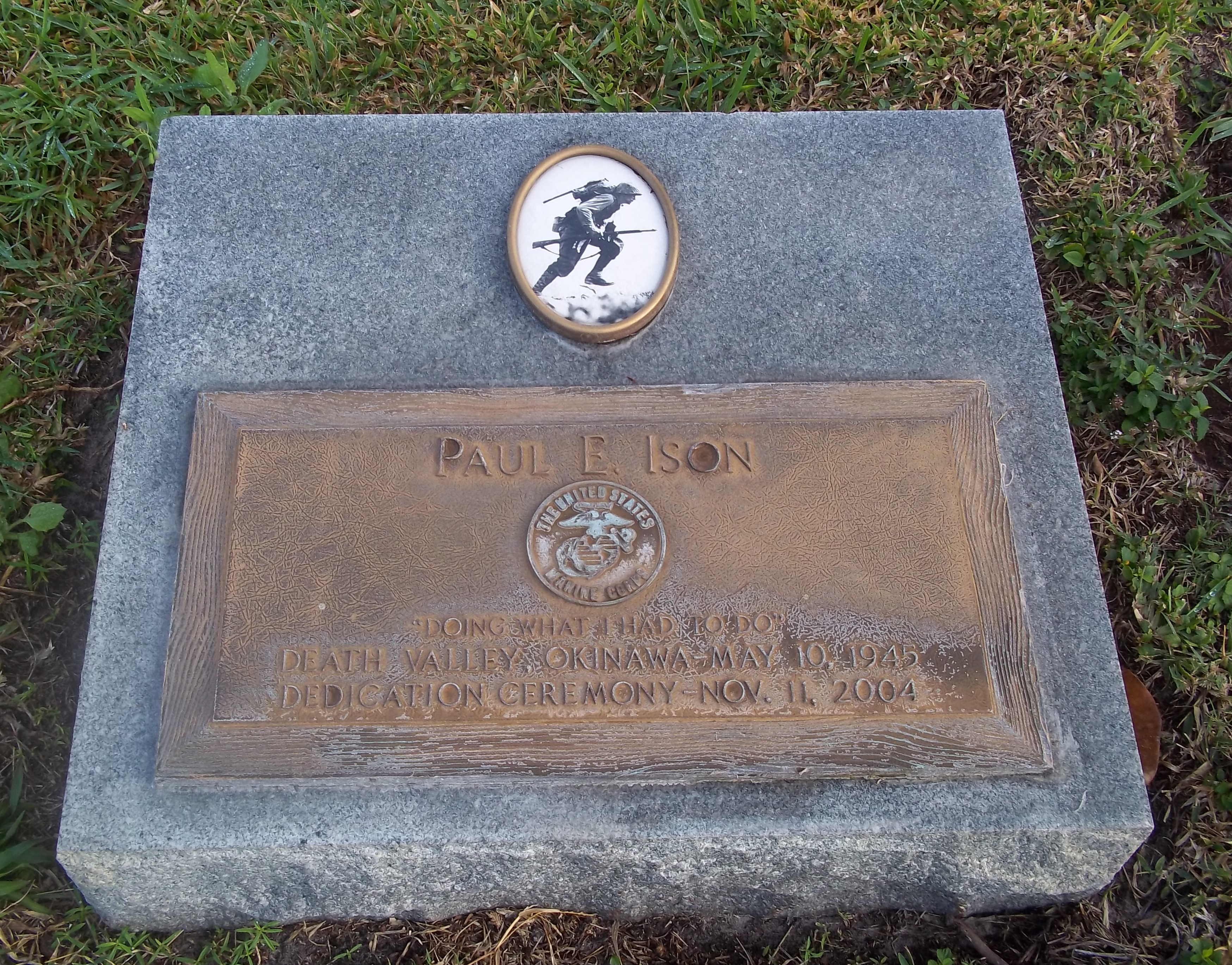The art of books can be simple: The title, and, the author’s name.
The art of books can be literal: Whether fiction or non-fiction, an artist can depict a book’s characters, events, scenes, or setting, in as “real” a sense as possible.
And, the art of books can be symbolic: An artist can use emblems and signs drawn from history, legend, mythology, politics, religion, science, and technology – singly or in combination – to convey an idea, a message, or mood.
And if so for books, even more so for book reviews. (Well, at least some book reviews!) The example below, from the New York Times Book Review of October 7, 1990, being a case in point. Created by Igor Kopelnitsky to accompany Charles Newman’s review of Daniel Kiš’ Hourglass, the artist combined symbols of time (an hourglass, as per the book’s title); captivity, whether actual or immanent (the hourglass is composed of barbed-wire, and situated between two fence-posts); immutability, concealment, and passive (powerless?) observation (a eye embedded in a pyramid): All to symbolize – within a single composition – the novel’s multifaceted and complex nature as literature about the Shoah, and more.
____________________
How It Feels to Cease to Be
HOURGLASS
By Danilo Kiš
Translated by Ralph Manheim.
274 pp. New York: Farrar, Straus & Giroux. $22.95.
By Charles Newman
____________________
Igor Kopelnitsky’s imagined hourglass, for Hourglass

____________________
THIS truly remarkable novel insists upon its uniqueness on every page, forcing you to reread constantly without resentment, becoming somehow simpler as its complexities deepen. It is also that rare occurrence in publishing these days, a book that gives ample evidence of an editor and a translator working hand in glove to bring a difficult text to light. (This is not an inappropriate place to acknowledge the immense service to literature that Ralph Manheim, the translator, has rendered over the years.)
____________________
D a n i l o K i š
February 22, 1935 – October 15, 1989

Illustration from CulturalOpposition.EU
____________________
Born on Yugoslavia’s border with Hungary in 1935, Danilo Kiš died last year in Paris of lung cancer. His complete works, in 10 volumes, appeared in his native land in 1984. “Hourglass,” first published in 1972, is the final volume of a trilogy recounting the story of his father’s life, disappearance and death in Auschwitz. The first volume of this masterwork, “Early Sorrows,” is yet to be translated from Serbo-Croatian into English. The second, “Garden, Ashes,” appeared in 1975, and American readers will be most familiar with Kiš’s highly praised collection of stories, “The Encyclopedia of the Dead” (1989).
It is most difficult to give a work of fiction like “Hourglass” a context. It certainly belongs to Holocaust literature, to the tradition of Central European ironic pathos, and it is unmistakably influenced by the techniques of the French “new novel.” But it would be a mistake to see Kiš’s work as either conventional protest or conventional avant-gardism. There are very few books that can be read simultaneously as a deracinated horror story and an esthetic tour de force. Kiš is both a contemporary writer’s writer and an ancient chronicler honoring vows made to the dead – though readers who have cut their eyeteeth on the baby talk of much recent American fiction will find him nearly impossible to follow. If Kiš is an experimentalist, his is an experiment in the true scientific sense: precise, verifiable, the triumph of a preconceived method. It is rather as if a classical ballerina wandered into a rehearsal of the most up-to-date modern dance, mastered all the moves in a minute and then demonstrated, not the breaks of history, but the continuity of our oldest concerns with the newest styles.
The novel begins with a particularly dense and detailed description of a man staring into an oil lamp – which, we do not discover until the last pages, is the flame of the Hanukkah miracle. It ends with an actual letter written by Kiš’s father, relating tragicomic misunderstandings with his relatives and the bureaucracy before he is rounded up to be sent off to the camps. We come very gradually to understand that E.S., a 53-year-old minor functionary in the Hungarian state railways, is attempting to find out why his pension is to be reduced. We are watching him over his shoulder, as it were, through a long night as he composes a letter “to the authorities,” one that ends with this postscript: “It is better to be among the persecuted than among the persecutors.” The letter in fact is the table of contents for the novel, an innocent real document, the meaning of which can only be grasped through the preceding fiction, which reads between the lines of the letter.
The resulting narrative is a kind of ingenious inquisition, which gradually moves from the letter writer, who poses questions to himself, to a mysterious third party, who grows irritated at both E.S.’s exhaustive evasiveness and his incredible specificity. By the end of the book, we realize that it is we, the readers, who are doing the interrogating, as in this passage:
“He caught the coachman’s attention at the last moment, when already the coachman was tugging at the reins and raising his whip, while he himself stood frozen, as though turned to stone.
“What did E.S. say to the coachman?
“He lowered his briefcase, which he had been pressing to his chest until then, and, without a word, pointed, in the vicinity of his mediastinum, to the Star of David, clearly visible in the wintry darkness.”
While the story proceeds without a single line of conventional dialogue, the static situation is so effortlessly transformed into the dramatic that the book could be easily transposed into a wonderful play.
NOW, I hesitate to go into the following because it will make the book seem more forbidding and intellectualized than it is. Unlike much self-reflexive fiction, Kiš’s writing contains not one iota of coyness or overreaching. But for an audience that tends to read Central European fiction as simple-minded allegories of totalitarianism, and that has been overexposed to the stale and feeble fiction of language games, I am obliged to try to describe a project in which the most deadly serious subject matter and the most playful estheticism are not opposed. This is an act of “deconstruction” that not only really destroys one’s preconceptions, but also adds up to something much greater than the fragments it leaves in its wake.
What Kiš is at pains to delineate is the subtleties of mental processes – the differences, for example, among memory as an abstract form, memory experiencing itself and memory as expressed in language. The opening scene, which takes several readings to grasp, is in fact a description of having a thought – that space between registering a sense impression and finding the corresponding word. And the movement of the entire book is in one sense the tracing of the territory lying between the “heaven of pure abstraction” of the artistic mind at play and the “threshold of nothingness,” the climax of death where only the sentence remains: “I have therefore tried to condense this abstraction, to condense it by force of will, faith, intelligence, madness, and love (self-love), to condense it so drastically that its specific weight will be such as to lift it like a balloon and carry it beyond the reach of darkness and oblivion.”
____________________
I g o r K o p e l n i t s k y
August 12, 1946 – October 29, 2019

“Igor & Klavdia at an Inx holiday party at Royal Bangladesh Indian Restaurant in 2003”
(Photo and caption by Martin Kozlowski, at NowWhatMedia (uploaded November 3, 2019))
____________________
The novel thus traces the bitter and poetic movement from the genesis of an individual impression to the dead letter of history, from the inchoate to the posthumous, from premonition to artifact, from the apocryphal to the actual, from the writer’s subconscious to posterity. Kiš’s descriptions of mental states – dreaming, drunkenness, the mind searching for the right word, making lists in order to orient itself through trial and error, the powerful interpretations we project upon inanimate objects – are among the most original and acute in all literature.
IN the hourglass of the book, we begin with a mass of claustrophobic sense impressions that are gradually condensed at the neck of the hourglass (in the 33rd of the 66 sections), in which E.S. realizes that the trap is closing about him. The section ends with the expansive and horrific half-comprehension of his future annihilation. The “crystalline particles of pure existence” are passed through the “filter of eternity” to become “hard crystals of being.” Lucidity becomes “madness (and the converse)”; “the egoism of life” becomes a counterweight to “the egoism of death.” The hourglass is at once an empty object (a vase) charged with mysterious historical significance (a chalice), but above all a time machine in which the dead E.S. is rushing to meet the living one, in which the split selves of the author are joined in passionate metaphor. The point of view is always doubled, so that the narrator has two profiles, face to face, and a voice inside, but not really interior, and outside, but not really omniscient – the aim being “to be at once the viewer and the viewed.”
“Hourglass” reflects attitudes toward history, philosophy and language that Kiš pursued throughout his career. For him, history does repeat itself, though never in the timing or the details. Images and experiences are endlessly repeated, but each apprehension of them is slightly altered so that they become unique. We are aware of pattern and trajectory, but also of each event’s singularity – “too luminous to be shadows, too diffuse to be light.” Literature lies in the slight intonations given to a handful of metaphors, and meaning comes to us largely through the accumulation of incomplete, slightly rewritten sentences. But each doubling, strictly speaking, is never a reflection; each has its own specific weight and obduracy. Kiš discards all those easy oppositions of appearance and reality so dear to restless literary minds.
If this sounds like the fuzzy relativism so characteristic of the post-modern, one should be aware that it is in fact a devastating critique of it – for Kiš is demonstrating that precisely because literary language is distanced from us, because it is both so allusive and elusive, in the right hands at the right moment it is the most accurate and subtle gauge of reality – which is why literature outlives us. What drives E.S. mad is his terrible lucidity, a state of mind both always and never, capable over time and infinite revision of making the past comprehensive, and even of divining the future.
It is perhaps best to end with a sample of the prose, one representative of Kiš’s lightly worn bookishness and his unsentimental humanity:
“Everything that is possible happens; only what happens is possible (Franz Kafka). Critical of his adversaries, he was uncritical of himself; he thought he had created a philosophy and was unable to transcend it. He will live on in our memory as an alienated man in an alienated society. As an example and a lesson (Karl Marx). He was only the embodiment of a dream; his psychological difficulties were related to dreams, and originated in dreams. Thank God that this was so rich a nightmare (Sigmund Freud). One way of solving the problem of existence is to come close enough to the things and beings that have struck us as beautiful and mysterious to discover that they are without mystery and without beauty; this is one form of hygiene that we may choose; it may not be very commendable but it gives us a certain peace of mind and makes life easier for us – because it enables us to regret nothing, for it convinces us that we have attained the best possible ends and that this best did not amount to much, and to make our peace with death. Was he one of those who knew this dangerous form of hygiene? I think he was (Marcel Proust).”
Charles Newman, who teaches literature at Washington University in St. Louis, is completing a new novel, “Lost Victories.”
References
Danilo Kiš
…at Wikipedia
…portrait, at cultural-opposition.eu
“A Conversation with Danilo Kiš”, by Brendan Lemon, at dalkeyarchive
…at goodreads
Hourglass, at goodreads
Hourglass, at nupress
Igor Kopelnitsky
…4 illustrations for The Nation, at TheNation
…531 illustrations, at illustrationsource
…4 illustrations, at Cartoonia
…caricatures for Radio Svoboda, at Svoboda
…at nowwhatmedia
…at livejournal
…at Original Art Studios



























